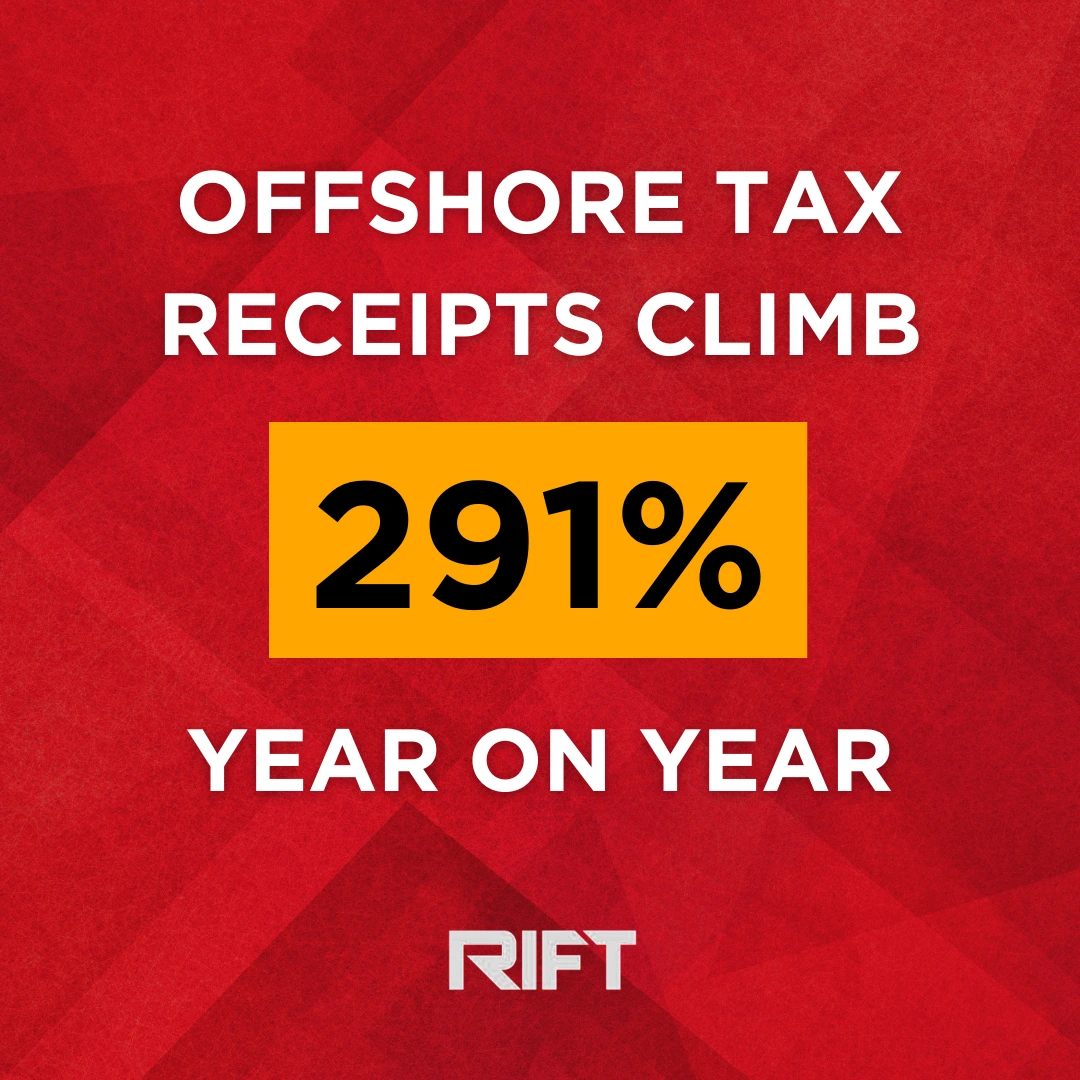Where does HMRC receive the most tax from?
Tuesday 3rd October 2022
Tuesday 3rd October 2022
Our research has revealed that while income tax, national insurance contributions and VAT are HMRC’s biggest sources of tax income, it’s air passenger duty bank surcharges and stamp duty that have seen the largest increase in the level of HMRC receipts on an annual basis.
We analysed data on HMRC tax receipts over the last two years to see just where your tax goes and which area of taxation HMRC sees the largest levels of receipts from.

The figures show that when it comes to the largest proportion of tax receipts, income tax accounts for almost a third (30.8%), with national insurance contributions (22.1%), VAT (21.9%) and corporation tax (9%) also amongst the largest sources of tax income.
Overall HMRC saw a 25% increase in total tax receipts received between the 2020/21 and 2021/22 financial years.
However, the volume of income tax receipts received by HMRC has increased by just 13.9%, making it only the 15th largest increase of all tax receipts received. This growth in income tax has also been driven by a 18.7% increase in self-assessment income tax versus a 12.8% increase in PAYE income tax.
When it comes to the largest increases in tax receipts received by HMRC, air passenger duty has led the way over the last year. The volume of air passenger duty tax receipts received by HMRC increased by 73.5% in the 2021/22 financial year, no doubt a result of the world reopening for travel following pandemic restrictions.
Surcharges paid by the banks on their profits also saw a notable increase, up 65.6% annually, with Stamp Duty Land Tax receipts climbing by 62.6% as the nation continued to make the most of the stamp duty holiday implemented during the pandemic.
Custom duties, diverted profits tax, VAT, capital gains tax, penalties, corporation tax and hydrocarbon oil also rank within the top 10 largest annual increases in tax receipts received by HMRC.


However, offshore tax receipts, which are included within corporation tax, saw a 290.6% increase year on year.
CEO of RIFT Tax Refunds, Bradley Posts, commented:
''Income tax, national insurance and VAT are the big three areas of taxation and are always going to account for the largest proportion of tax receipts received by HMRC, however, it’s fascinating to see how this level of receipts changes from year to year based on wider influences impacting the economy at any one time.
For example, a surge in air passenger receipts certainly highlights the hunger for air travel following a prolonged period of pandemic restrictions, whilst an increase in stamp duty paid is no doubt down to the property market frenzy spurred by the stamp duty holiday.”
Of course you do! Get a grip on your cash with our money saving tips, guides and videos sent straight to your inbox.
RIFTPROD1 - Subscriber
{ "@context": "https://schema.org", "@type": "BreadcrumbList", "itemListElement": [{ "@type": "ListItem", "position": 1, "name": "Home", "item": "https://www.riftrefunds.co.uk/" },{ "@type": "ListItem", "position": 2, "name": "Advice", "item": "https://www.riftrefunds.co.uk/advice/" },{ "@type": "ListItem", "position": 3, "name": "Guides", "item": "https://www.riftrefunds.co.uk/advice/guides/" },{ "@type": "ListItem", "position": 4, "name": "Where does HMRC receive the most tax from?", "item": "https://www.riftrefunds.co.uk/advice/guides/where-does-hmrc-receive-the-most-tax-from/" }] }